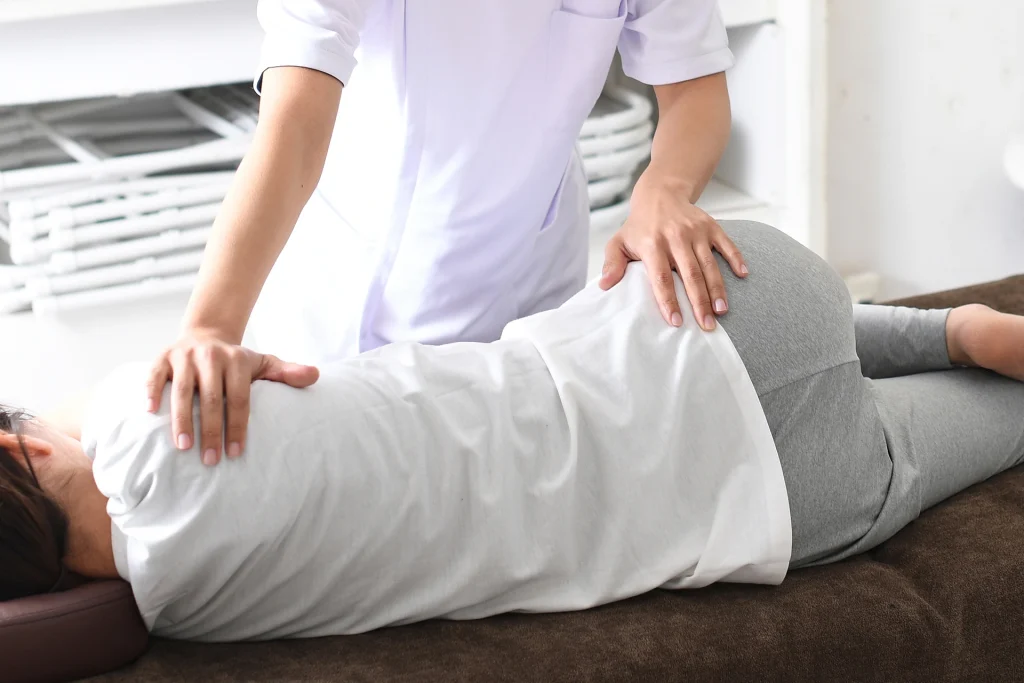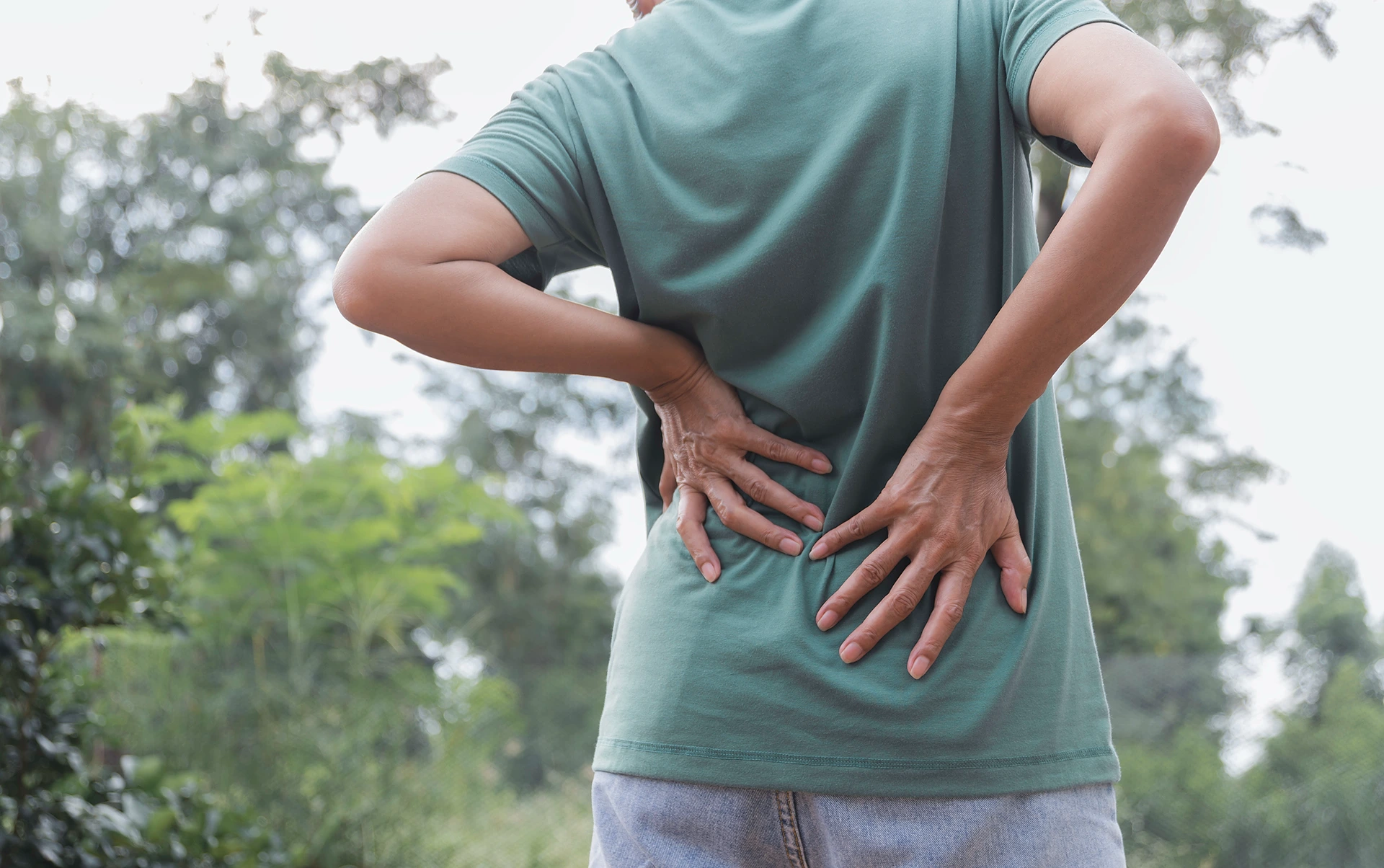Preventing and Coping with Recurrent Rib Discomfort
We’ve all likely felt fleeting pains under our ribs at some point when changing position, stretching, or getting up from a chair. Typically, these minor stabs subside on their own without cause for concern. However, when rib cage pain lingers, worsens, or occurs along with other symptoms, it warrants a trip to your doctor. Getting to the root of the problem is key to finding the appropriate treatment and relief.
What Structures Are Located Under the Left Rib Cage That Could Contribute to Pain?
The rib cage overlies several vital organs and structures that could potentially contribute to pain and discomfort when inflamed, injured or affected by disease.
Under the left ribs lie the lower lobe of the left lung, the heart and blood vessels, stomach, pancreas, spleen, left kidney, adrenal gland, and intestines.
Also present are muscles like the diaphragm that attaches under the lower ribs and thoracic vertebrae of the mid back. Nerves, bones, cartilage, and connective tissue interlace between and around the ribs as well.
Due to this anatomy, discomfort under the ribs may actually be referred from surrounding regions like the abdomen or back.
For example, pancreatitis can cause sharp abdominal pain that radiates to the left rib cage. Problems in the thoracic spine can also mimic rib pain. Identifying the true origin of pain often requires a doctor’s experienced diagnostic skills.
What Are the Common Causes and Conditions Associated With Pain Under the Left Rib Cage and Back?
A wide range of disorders involving the previously mentioned structures can lead to pain under the left ribs. Some of the more common culprits include:
- Intercostal Muscle Strain
The intercostal muscles between each rib help facilitate breathing by contracting and expanding the rib cage. Straining these muscles leads to pain worsening with inhales, coughs or trunk rotations.
- Injuries to the Ribs
Fractures or bruises of the left rib bones after an impact or fall commonly cause pain under the ribs at the site of trauma.
- Spleen Conditions
An enlarged, inflamed or ruptured spleen triggers pain under the left ribs where this organ sits. Mononucleosis, malaria and blood cancers often swell the spleen.
- Pancreatitis
Inflammation of the pancreas, either acute or chronic, irritates surrounding tissues. The resulting tenderness concentrates in the upper left quadrant of the abdomen but can also refer pain to the left rib cage or back.
- Kidney Stones, Infection or Disease
Lying under the left ribs, kidney issues manifest as left-sided flank, abdominal and rib cage pain of variable severity.
- Ulcers
Stomach or peptic ulcers may manifest as burning discomfort under the left ribs. Reflux of ulcerative stomach acid can also cause pain.
- Pneumonia or Lung Inflammation
Infection or irritation of lung tissue and the pleural lining leads to painful, shallow breathing. The pain localizes to the affected area, in this case, the left lung below the rib cage.
- Heart Conditions
Angina or heart attack could potentially cause pain under the left ribs where the heart lies, often along with other symptoms like arm and jaw pain. Pericarditis, inflammation of the sac around the heart, also leads to chest and rib pain.
- Pleurisy
The pleura are membranes enveloping the lungs. When inflamed in pleurisy, their rubbing against the ribcage during respiration creates an intense, stabbing chest pain.
- Spinal Issues
Problems like thoracic slipped discs applying pressure on spinal nerves generate pain sensations that can radiate to the rib cage.
- Digestive Issues
Gastritis involves stomach lining irritation and upper abdominal discomfort that may extend up to the left ribs. Heartburn from acid reflux can also cause burning pain under the ribs.
What Symptoms May Accompany Pain Under the Left Rib Cage and Back?
Depending on the underlying condition, associated symptoms may accompany the rib cage pain and help identify the cause. These include:
- Sharp, stabbing pain or dull, aching pain
- Pain that worsens with deep breaths, coughs, sneezes or certain movements
- Shortness of breath
- Abdominal pain, nausea, vomiting
- Back pain
- Shoulder pain or pain radiating to the left chest
- Fever, chills, unexplained weight loss
Paying attention to these other signs and symptoms provides helpful clues for your doctor in making an accurate diagnosis. Keep a pain journal to record the detailed characteristics of your rib discomfort and associated findings.
When Does Left Rib Cage Pain Warrant Medical Evaluation?

While minor muscle strains or bruising can sometimes cause temporary left rib pain, multiple findings suggest a doctor’s visit is in order. Seek prompt medical attention when the rib pain:
- Is severe and sharp in character rather than just bothersome
- Persists for more than a few days without improvement
- Worsens at night, when bending or taking deep breaths
- Comes alongside worrisome symptoms like high fever, shortness of breath, vomiting or back pain
- Interferes with your daily activities and quality of life
- Occurs in someone with a previous history of cancer, autoimmune disorder or other concerning medical conditions
Early diagnosis and treatment facilitate quicker relief from the pain and address any related medical issues to prevent complications. Let your doctor know if your pain is worsening or not responding well to initial management.
How Is Pain Under the Left Rib Cage and Back Diagnosed?
Doctors use a wide array of diagnostic tools to pinpoint the origin of rib cage pain. These include:
Medical History and Physical Exam
Your doctor will perform a detailed review of your symptoms and health history, along with medications, family history and lifestyle factors. Description of the type of pain, its exact location, duration, triggers and radiation helps guide the evaluation.
Your doctor will also examine your breathing, check for rib tenderness, press on your abdomen to assess for organ enlargement or masses, and listen to your heart and lungs. Your back may be evaluated for spinal tenderness or misalignment.
Vital Signs Assessment
Pulse, blood pressure, temperature and breathing rate provide valuable clues. Ramped up vital signs may signal infection or distress in the setting of pain. Low blood pressure or pulse irregularities may indicate internal bleeding.
Blood Tests
Complete blood count, kidney and liver function tests and inflammatory markers help uncover issues like anemia, infections and arthritis flares. Cardiac enzymes would be tested if heart attack is suspected.
Imaging Tests
X-rays can detect rib fractures or lung abnormalities. Chest CT scans identify lung, heart, spinal and other masses and infections. Abdominal ultrasounds visualize organs like the spleen, pancreas and kidneys.
Other Testing
Spirometry assesses lung function. Electrocardiograms and echocardiograms screen for heart problems. Endoscopy can help diagnose gastric ulcers, reflux and pancreatitis.
Putting together data from your history, physical examination and diagnostic testing allows your doctor to accurately diagnose the cause of your rib pain for proper treatment.
What Treatment Options May Provide Relief for Pain Under the Left Rib Cage and Back?
Here are some treatment options that your doctor may prescribe you for your left rib cage and back pain:
Here is the requested information formatted as a table:
| Treatment Options | Details |
| Rest | Avoiding strenuous activity helps muscles heal and takes pressure off inflamed ribs and organs. Apply hot packs or cold compresses to help ease pain and inflammation. |
| Over-the-Counter Pain Medication | Tylenol, ibuprofen or naproxen reduce pain and swelling related to rib cage muscle and joint inflammation. |
| Prescription Medication | For severe pain, narcotics, muscle relaxants and prescription-strength anti-inflammatories may be prescribed by your doctor. |
| Physical Therapy | Stretching exercises focused on the trunk muscles and thoracic spine provide pain relief and correct poor posture aggravating the rib cage. |
| Postural Correction and Ergonomic Adjustments | Sit and stand with proper support to avoid hunching and stress on the rib joints. An occupational therapist can advise on ideal sleep positions as well. |
| Surgery | This may be necessary to fix severely displaced rib fractures or spinal abnormalities applying pressure on nerves and ribs. |
| Treating Underlying Conditions | Antibiotics for pneumonia and kidney infections, infliximab for ulcerative colitis flares, fluid drainage for pancreatitis—treating the root disorder improves associated rib pain. |
While frightening to experience, even severe rib cage pain most often resolves with proper care.
Take comfort in knowing your ribs were designed to protect your precious organs, and with patience and follow up, the pain will fade away.
Keep your doctor updated on symptom changes so they can modify treatment plans accordingly. With an accurate diagnosis and the right management plan, you will be on the path to pain relief and recuperation.
When to Follow Up With Your Doctor About Rib Pain
Rib cage pain should start improving within a few days to weeks of initiating treatment. Call your doctor if the pain worsens or persists longer than expected. Also let them know if initial pain relievers are inadequately controlling the pain. Reporting any side effects you experience from medications is important as well.
Follow up with your doctor within a week of starting treatment to ensure things are progressing as expected. They may order repeat imaging or lab tests to verify the problem is resolving. This allows medication adjustments or more aggressive interventions if needed.
Conclusion

In summary, pain under the left rib cage and back can arise from various minor to serious underlying causes. Getting an accurate diagnosis is key to determining appropriate treatment and finding relief.
Options range from rest and medication for simple strains, to surgery and treatment of chronic conditions. Follow up closely with your doctor if the pain persists or worsens.
Kaly makes this easy by connecting you with providers who have the ideal expertise, experience and patient satisfaction ratings to address your unique condition. Simply answer a few questions about your symptoms and care needs, and Kaly will match you with great local doctors conveniently bookable online.
